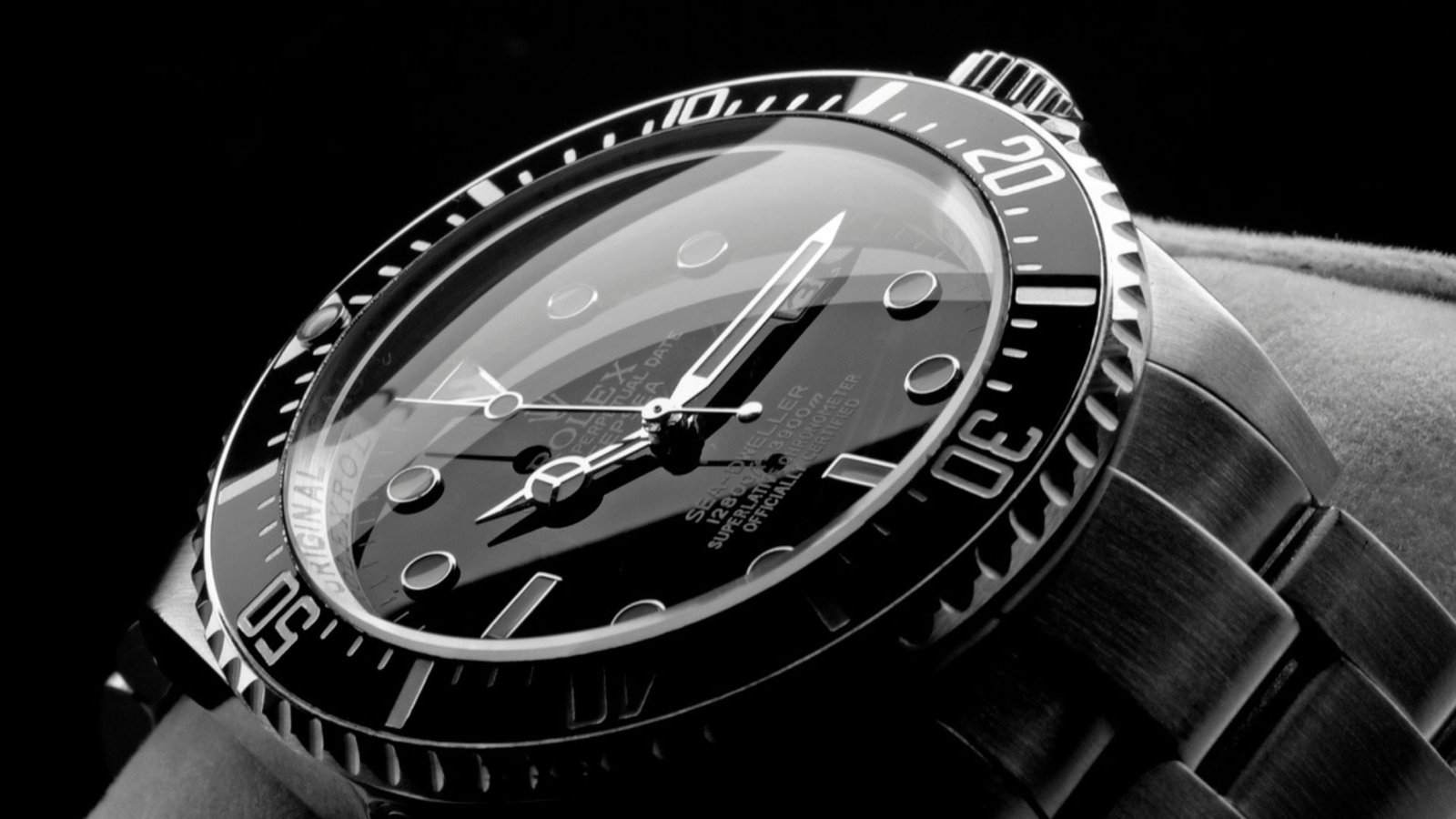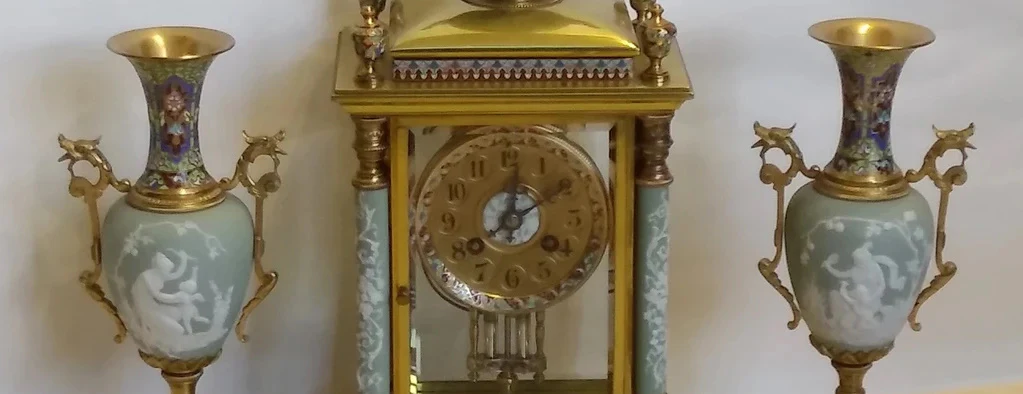Restoring antique clocks is both an art and a delicate task that requires careful attention to detail. These intricate timepieces often have unique mechanisms and designs that present challenges during restoration. Whether it’s mechanical wear, outdated parts, or cosmetic damage, restoring an antique clock requires a patient, thoughtful approach. Let’s explore some common challenges you may face when repairing antique clocks and how to address them.

Worn-Out Gears and Components
Over time, the internal components of antique clocks, especially gears, become worn out due to friction and use. The precision of these mechanisms is essential for accurate timekeeping, and even slight wear can affect the clock’s performance.
- Challenge: Finding replacement parts for antique clocks can be difficult, as many of these components are no longer manufactured.
- Solution: A professional clockmaker may be able to fabricate custom parts or refurbish existing ones. In some cases, specialty suppliers of antique clock parts may carry what you need.
Damaged Clock Springs
Many antique mechanical clocks rely on coiled metal springs to store and release energy. Over time, these springs may become rusted, stretched, or even break, resulting in the clock failing to run.
- Challenge: Repairing or replacing damaged springs requires specialized tools and knowledge.
- Solution: It’s essential to have a professional clockmaker inspect and replace broken or worn-out springs. Attempting to handle clock springs without the proper tools can be dangerous, as they are under significant tension.
Pendulum Issues
Pendulum clocks are highly sensitive to their physical environment, including the level of the surface they are placed on, temperature, and even vibrations. A misaligned pendulum can cause the clock to lose or gain time.
- Challenge: Realigning or recalibrating a pendulum can be tricky, especially if the suspension spring or the pendulum itself is damaged.
- Solution: Adjusting the pendulum’s length and testing it over several days can help restore accurate timekeeping. If the pendulum is damaged, a clockmaker can often replace it with a historically accurate replica.
Escapement Wear
The escapement is one of the most critical parts of a mechanical clock, controlling the release of energy from the gears. Over time, the teeth of the escapement wheel can wear down, or the anchor may become misaligned.
- Challenge: Escapement wear can cause the clock to stop ticking or lose time.
- Solution: Cleaning and lubricating the escapement is crucial, but in cases of severe wear, replacing the damaged parts or making careful adjustments may be necessary. This is a task best left to a professional.
Dirt and Dust Buildup
Dirt, dust, and dried-up lubricant can clog the internal mechanisms of an antique clock, causing it to run erratically or stop altogether.
- Challenge: Cleaning an antique clock is not as simple as dusting it off. The internal components need to be handled with care to avoid damaging delicate parts.
- Solution: Disassemble the clock and clean each part with a soft brush or a cloth. Be cautious when cleaning, and avoid using harsh chemicals that may damage the mechanisms. A clockmaker may also recommend using specialized clock cleaning solutions and lubricants to keep the clock in top condition.
Conclusion
Restoring an antique clock is a rewarding process, but it requires patience, precision, and expertise. From worn-out gears and springs to cosmetic restoration, there are many challenges that can arise. However, with the right approach and attention to detail, you can bring these time-honored pieces back to life. For more complex issues, it’s always a good idea to consult a professional clockmaker who can ensure that your antique clock is restored both functionally and aesthetically.




